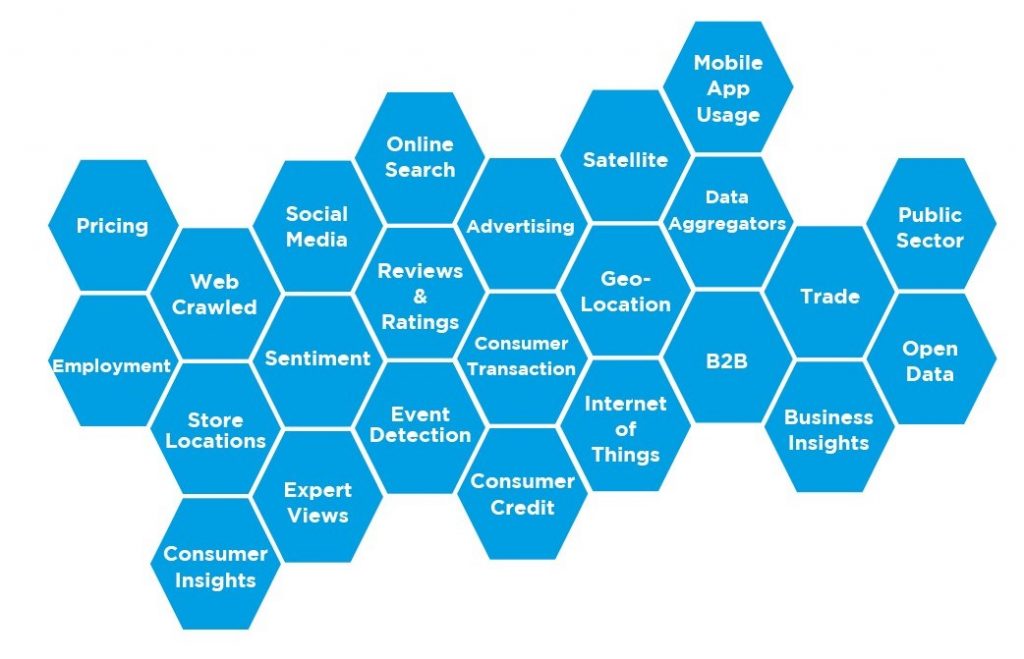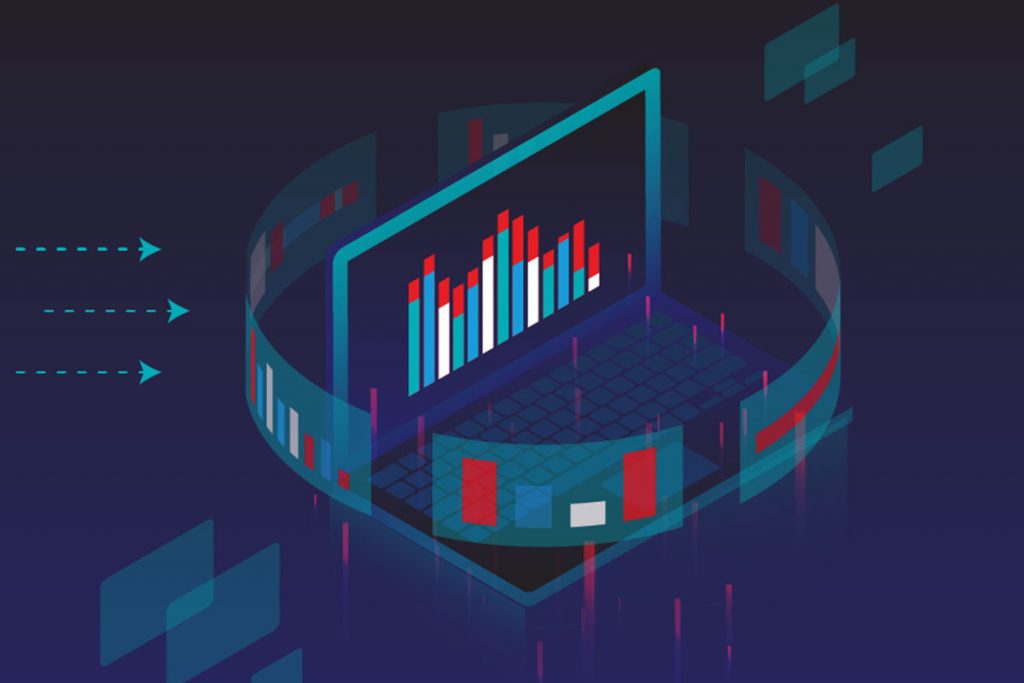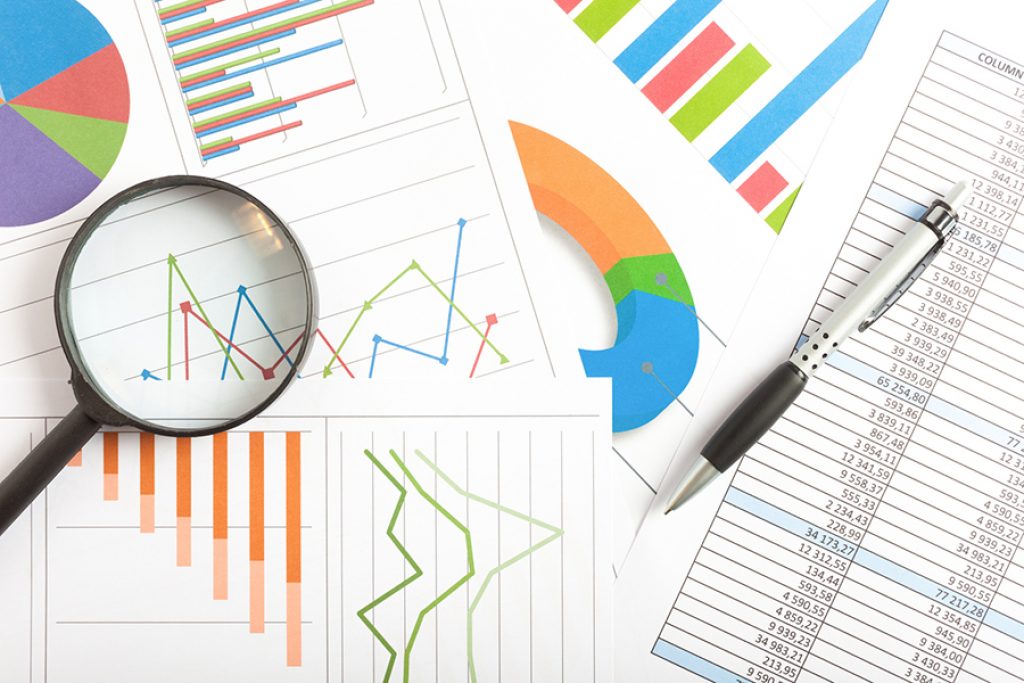
Big data analytics have changed the way we do things in many fields. The business has especially been affected by the growing number of data types and new ideas on how to use them. For some time now alternative data sources have been used to supplement the traditional data for financial decisions and strategies. Additionally, various alternative information types are being utilized to improve the well-known business operations and adapt them to the often-changing circumstances of the modern world. Read more about what alternative data is and how it is used at Coresignal. For this article, let us look at the game-changing impact new information types have had and still have on how we do business.
Table of Contents
What is new?

img source: vikingmergers.com
When we talk about something being an alternative, we necessarily imply that there is also an established way of doing things. So, what exactly is alternative data alternative to?
As there are many applications for it in finance, what is traditional and therefore what is an alternative, gain different meanings depending on the field we are referring to. For example, traditionally, when evaluating the risk of lending to particular persons or entities, banks would use data related to the borrowing histories of these entities. Thus, here alternative data is the additional information used for credit scoring that does not directly relate to credit history.
This is one example of what alternative information can mean specifically. Defined generally, alternative data refers to any information from the sources that have not previously been established as usual means for business and financial operations.
Businesses would utilize a rather limited set of data back in the 20th century. Mostly, for financial analyses, information from industry sources has been used. This would include press releases, SEC filings, financial reports, and similar communications of the financial information by the companies and industry insiders.
Alternative data is the product of the rapid advancements of information technology, which resulted in a society where it is constantly generated and shared. Naturally, the more our way of life is based on sharing information, the more it makes sense for businesses to employ various kinds of info.
Types of alternative data

img source: datadriveninvestor.com
Sources of alternative data are usually grouped by how the information is produced. Individuals, business operations, and sensors are the three major categories of data producers. However, the data generated by these producers is itself very varied and can be further categorized in many different ways, depending on the needs of the users.
Here are some of the types of alternative data that have already been used for various business needs.
• Credit/debit card
• Social media
• Various public sentiment data, including product reviews, comments, and website visits.
• Satellite imagery and geolocation.
• Market segmentation data, like firmographics and technographics.
• E-mail receipts.
• Public data, that is data from various publicly available online sources.
• Survey data.
• App usage and web traffic.
• Weather data.
These are just a few general examples of what is already in use and gaining popularity among financial analysts and business managers. The reason for the growing usage of these types of data is, of course, the fact that ways have already been found to extract value from it.
As, on the one hand, new types of data are being produced when technology and other factors keep changing our way of life and, on the other, new ways to extract value from data are being developed, it is reasonable to expect the continuous proliferation of alternative data in the future.
The ways to use alternative data in business

img source: lexisnexis.com
Since the rise of big data, many ways have been discovered to utilize alternative data for business operations. And, as mentioned, new ways are constantly being developed, hence the diverse and always growing list of data types above.
The many ways in which data is used in business can be grouped and analyzed in many ways. However, two major categories of the purposes of data usage in business can be identified. One way of using alternative data is for analysis and decision enhancement. The other way is for improving the results in the standard business operations. Let us look closer at each of these groups.
Financial analysis and decision enhancement

img source: easieraccounting.com
The most natural way of using data is, of course, for analysis. This is how data is used in science, politics, and many other fields where important and well-informed decisions need to be reached. And there are many ways how alternative data is used for financial and strategical analysis in business. Here are the most important of these ways.
1. Investment intelligence
Investors and financial analysts are among the first to benefit from utilizing more than just traditional financial information for their decisions. Satellite imagery data has been famously used to determine the future of retail companies by the rates of occupied spaces in their parking lots. Additionally, investors use company funding info to examine how various investments have affected the development of the firm thus far and whether another investment is what the company needs. Various other types of alternative data, from employee review data from web traffic info, add to the richness of investment intelligence used by financial firms and investors.
2. Machine learning
AI-based technology has been a crucial part of investment model-building throughout the 21st century. And as it keeps getting developed, the role of software tools will only grow. One of the features that will ensure such growth is machine learning, which is the ability of algorithms to train their problem-solving ability without additional programming. The way algorithms are trained is precisely by analyzing various types of data. Thus, the more alternative data is fed to the algorithms, the more useful these algorithms will become to financial analysts. These well-trained algorithms are then used to create investing models and identify the most promising start-ups ready for the next crucial investment.
3. Development strategies
Just like investors, business developers and managers also constantly make important decisions. Alternative data is used to improve the quality of competitive intelligence and build well-informed development strategies. Firmographic and technographic information, as well as online job posting data, help to keep track of the competition and find the niches in the industry that could be filled. Social media and other online public sentiment data allow keeping track of what the people want and develop the brand accordingly.
Improved business operations

img source: middlemarketcenter.org
Doing business might mean various things for different firms in different industries when it comes to their daily operations. But there are some core business operations that have been pivotal for the greater part of the history of modern business.
And all of these operations have been in some ways affected by the data revolution. Here are some of the crucial ways in which businesses use alternative data to enhance the workflow in their key departments.
1. Lead generation and lead scoring
Data on leads is the kind of information that has always been important for businesses. What has changed is that now there is more data acknowledged as relevant for lead generation. Various web data improve the efficiency of lead generation, while market segmentation data help to score the lead. This ensures the quantity, quality, and proper evaluation of leads which makes the job of the marketing department complete.
2. Sales intelligence
Next is the sales department, which uses alternative data to further customize the approach to the leads. Data on the company’s technological stack and other deeper information about the company help to prepare sales pitches when selling business to business. Social media and other public sentiment data assist in understanding the customers when selling business to customers.
3. Hiring
Making recruitment data-driven is the latest game-changer in hiring. All the data on the potential recruits from the online sources are collected and analyzed by AI-tools to ensure that best fits are hired. Additionally, data on the hiring habits of other companies inform the building of long-term hiring strategies.
4. Internal company health analysis
Equally, as watching others, it is crucial to keep a close watch on yourself. Companies keep track of their internal financial health by analyzing not only traditional but alternative financial data. Additionally, data on other companies, like employee review data, measured against internal survey data allow firms to determine what works and what does not in successful business development.
Taking care of data

img source: mygate.com
The proliferation of data types used for business operations has also added new members to the family of important business operations. These relatively new members are the procedures of harnessing and handling alternative dates.
The central among these procedures is web scraping, which is the key way of collecting alternative data from online sources. The next step in this process would be web data integration, which helps to structure and clean the data gathered from the web.
Then there are many other processes of data handling that are constantly being developed and improved to ensure high quality and accessibility of the data. And as the importance of data in business is growing, so do these new operations keep strengthening their roles in modern business.







